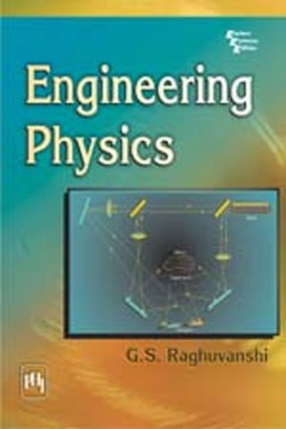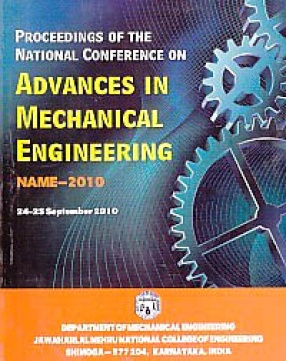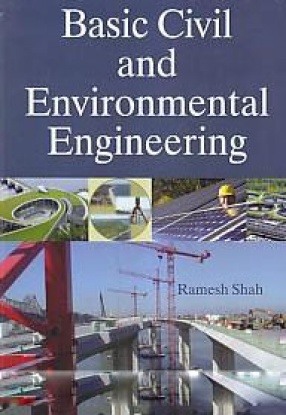This text provides the basic theoretical and practical guidelines to meaningful laboratory experience in microwave techniques to the students of the first course on microwave electronics. The material is based on the experience of the authors in organising the laboratory work on microwave electronics. Largely, it is self-contained text which fills a bid gap between Abstract Theory and Experimental Technique. The text and the experiments have been designed with a list of equipment and an experimental procedure has been given for each experiment. The instructions contained in the procedure are the explicit and develop the necessary skill in the student.
The first three chapters deals with transmission line theory, slotted coaxial line techniques and slotted wave guide techniques. Chapters four and five discuss the sources of microwave power in laboratory-Klystron and Gunn Oscillator. Chapters 5, 6 and 7 explain the directoral coupler, waveguide-E and H-plane tees and the study of Magic Tee. Attenuation and microwave power measurements are discussed in chapters nine and fourteen respectively. Chapter thirteen is on reflectometer land sweep frequency techniques. Dielectric measurements are discussed in detail in chapter fifteen, specially for those students of Physics and Chemistry, who wanting to use microwave as a tool to probe organic system. All these chapters are upgraded in this edition and new chapter on microwave has been added.
The book is meant for Honours and Postgraduate students of Physics. The students of engineering opting for electrical and electronics courses can also use it as a basic text. Those engaged in communication, remote sensing, solid state spectroscopy and storm detection etc. would find it a useful handbook.
ABOUT THE AUTHOR G S Raghuvanshi
G. S. RAGHUVANSHI (Ph.D., IIT Kanpur) is Director, Modi Institute of Technology, Kota, Rajasthan. He had been Pro Vice-Chancellor, Director (Academics), Dean (Applied Sciences), and Professor and Head, Department of Physics, Rajasthan Technical University, Kota. He has forty years of experience in teaching physics, including postgraduate teaching. A life member of the Indian Association of Physics Teachers and ISTE, and a member of IEEE, Professor Raghuvanshi has published 20 research papers in reputed national and international journals.
ABOUT THE AUTHOR M L Sisodia
Prof. M.L. Sisodia, Advisor and Prof., ECE, Global Institute of Technology, Sitapur, Jaipur, obtained his Master`s degree from University of Rajasthan, Jaipur, M.Tech. from IIT, Mumbai and Ph.D. (Engg.) from University of Rajasthan while working at CEERI, Pilani. Prof. Sisodia retired as Founder Director, UGC Academic Staff College, University of Rajasthan. He also worked as visiting Scientist/Professor in the Department of Electronics & Communication Engineering, Institute of Technology, BHU, Varanasi where he assisted in establishing High Power Microwave Tube Research Centre and design and development of 200 watt TWT under DoE project. He has published more than 100 research papers in the area of microwave vacuum and solid state devices, microwave components, microwave spectroscopy and education. So far 8 students have obtained their Ph.D. degree under his guidance. He is the author of Microwave Circuits and Passive Devices, Microwave Techniques and Laboratory Manual (both supported by the UGC, New Delhi), Microwaves-An Introduction to Circuits, Devices & Antennas, and Microwave Active Devices-Vacuum and Solid State (Sponsored by the DST, New Delhi).






There are no reviews yet.